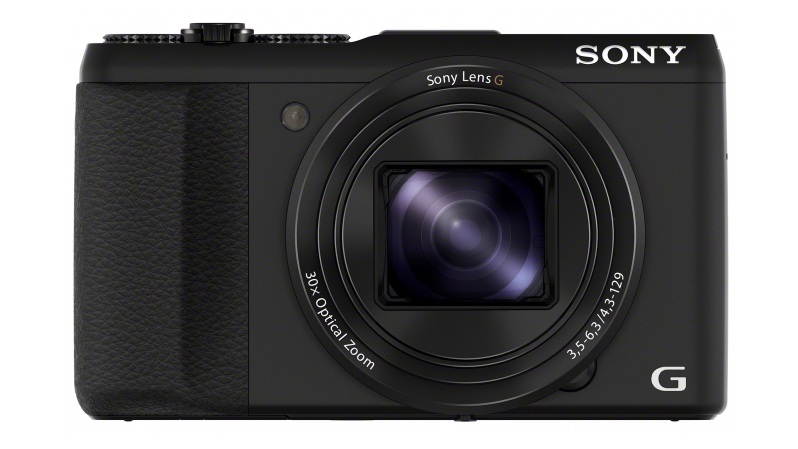TechRadar Verdict
Pros
- +
Superb zoom range
- +
Manual control over exposure
- +
Pocketable size
Cons
- -
No raw file capture
- -
Images poor at 100%
- -
Poor low light AF performance
Why you can trust TechRadar
At the time of launch the Sony Cyber-Shot DSC-HX50V is the smallest compact camera with a 30x zoom lens. This Sony G lens has an equivalent focal length of 24-720mm, making it enormously versatile and ideal for sightseers and travelling photographers.
Sony is aiming the HX50 at enthusiasts who know a bit about photography as well as less experienced snappers, and consequently there's a range of exposure modes including aperture priority, shutter priority and manual, as well as a collection of automatic options. Experienced photographers, however, may be disappointed to learn that it's not possible to record raw files on this superzoom.
Inside the Cyber-Shot H series camera is a 1/2.3-inch Exmoor R CMOS sensor with 20.4 million effective pixels, and a Bionz processor. This enables you to set the sensitivity in the range of ISO 80-12,800, with an automatic option available for those who want to leave it to the camera to decide which to use.
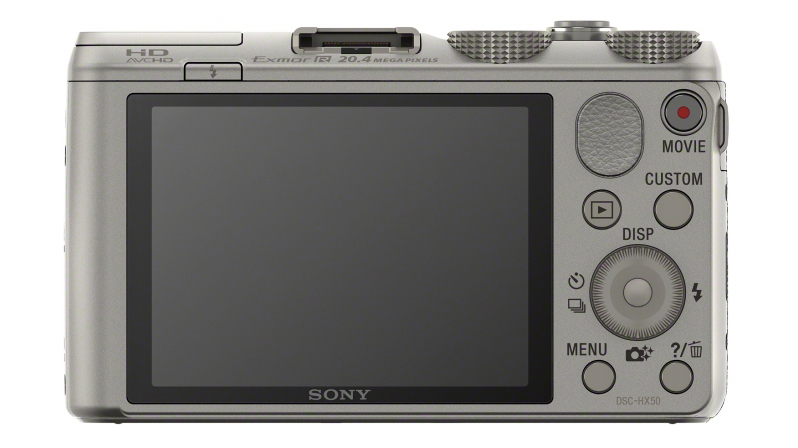
Long telephoto lenses are prone to causing camera-shake, but fortunately Sony has included its Optical SteadyShot system, which automatically compensates for accidental camera movements
Like most modern compact cameras, the Sony HX50V doesn't have a viewfinder built in, and images must be composed on the 3-inch 921,600-dot screen. Unlike the screen on the Panasonic TZ40/ZS30 - another popular travel compact - the Sony HX50V's screen is not touch-sensitive.
In addition to a small pop-up flash unit, the Sony HX50V has a Multi-Interface Shoe that you can use to mount a flashgun or an electronic viewfinder (EVF).
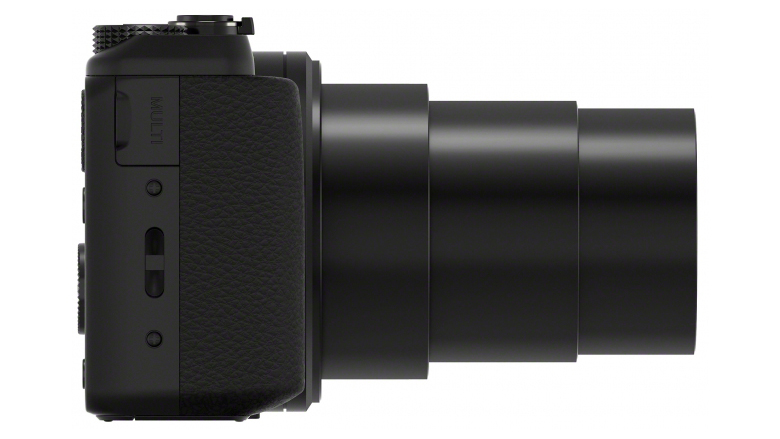
In line with the current vogue, the Sony HX50V has Wi-Fi connectivity built-in. This enables you to send images and videos to a smartphone, tablet or PC, or view them on TV without any wires. It also enables the camera to be controlled from remotely using Sony's play memories mobile app.
As you would expect, the Sony HX50V is capable of recording full HD movies at a range of frame rates.
The Sony HX50 retails for around £349/US$449.99/AU$499, pitching itself against other high-end compacts and travel zooms such as the Nikon Coolpix P330, Panasonic LF1 and Panasonic TZ40/ZS30.
Build and handling
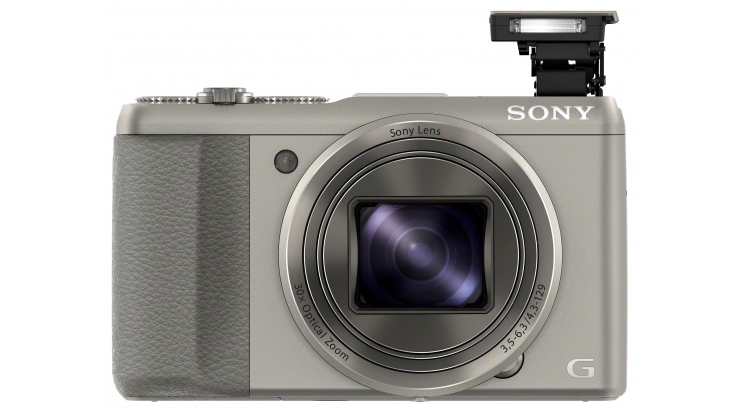
Whereas the full-frame Sony RX1 is surprisingly small (and frighteningly expensive), the Sony HX50 is about the size you'd expect the average, serious compact camera to be.
But of course it isn't an average compact camera, because it houses that lens with the huge focal length range. Sony has achieved a very impressive feat in getting a 24-720mm (in 35mm equivalent terms) lens into such a small camera body.
The camera body's part metal construction also gives it a nice solid feel, while the long grip on the front and the thumb pad on the back give it good purchase in the hand.
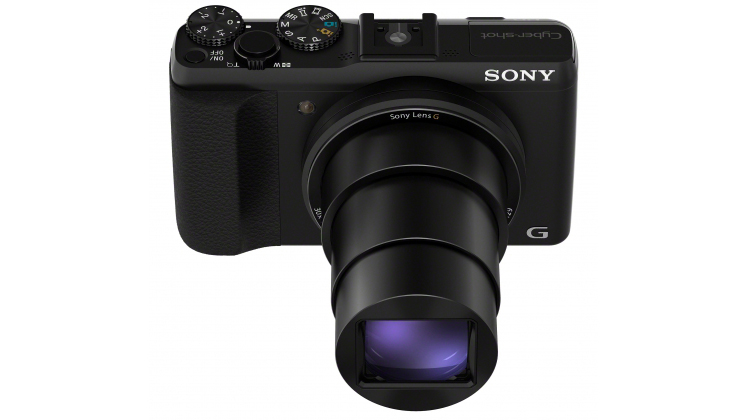
A mode dial on the top of the camera enables quick switching between exposure modes. There's also an exposure compensation dial that enables you to make quick adjustments to exposure when the need arises.
Although the Sony HX50 has advanced shooting options, it is very easy to use, with all the main features being accessible via a press of the menu button and a scroll through the list of options on the left of the screen.
Those who are new to photography, or who want to learn more about the Sony HX50's features, will appreciate the guide that gives and A to Z listing and explanation. It's an idea that more manufacturers should try.
Performance
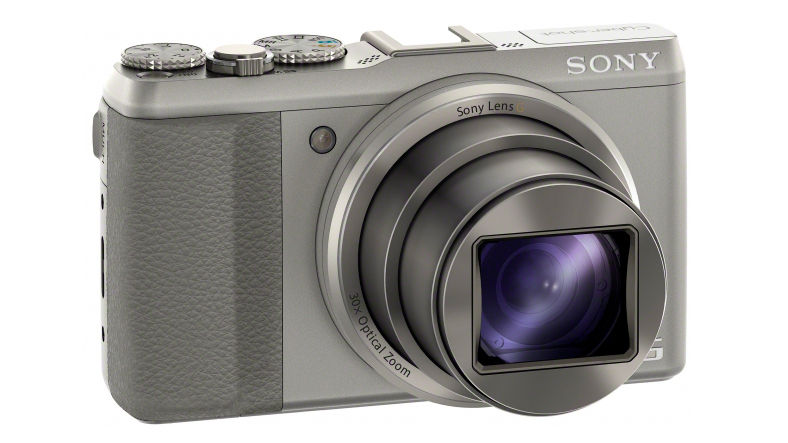
Our tests reveal that the Sony HX50 is pretty capable and it generally produces well-exposed images with good, vibrant colours.
At normal viewing sizes, low sensitivity images look smooth and seem to have plenty of detail, making nice-looking A3 sized (16.5 x 11.7-inch) prints. However, zooming in to 100% on-screen reveals that even images taken at ISO 100 have a stippled texture.
This becomes more apparent as the sensitivity is raised and our resolution chart images confirm that this takes its toll on the camera's ability to resolve detail.
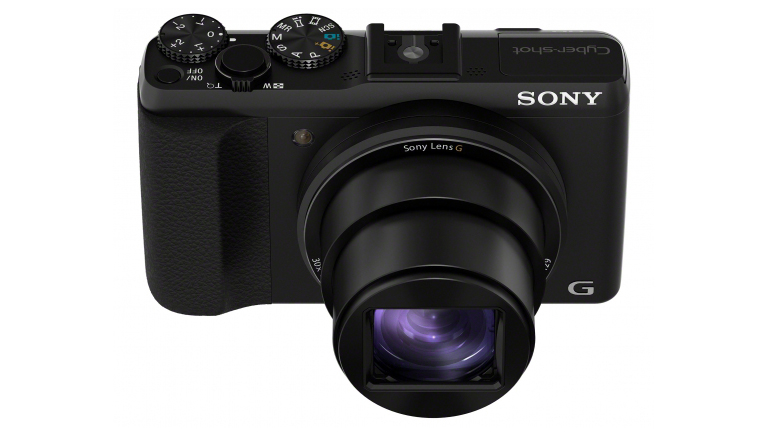
Even at the highest sensitivity settings, noise isn't really visible, but the impact of its removal are. Details are significantly softened and there's blurring of edges. Images taken on the Sony HX50 at ISO 3200 and above are really only suitable for use at relatively small sizes.
Although the autofocus system's performance isn't in the same league as a DSLR's, it performs very well in 'normal' lighting conditions. Step inside a dimly lit building such as a church, however, and it slows down quite a bit. A red focus assist lamp also begins to glow, alerting people around you to the fact that you're trying to take a shot.
On the whole the Sony HX50V captures nice, vibrant colours, and its automatic white balance system does a good job in a range of lighting conditions, managing to capture the mood of the scene, and not over-correcting.
Verdict
Although the Sony HX50 is an enjoyable camera to use and it produces images that look good at normal viewing sizes, they don't stand up well to close scrutiny.
At 100% on the screen there's a noticeable texture in low sensitivity images and the effects of noise reduction are apparent in high sensitivity shots. Detail resolution is also relatively low.
However, we are forced to ask how much this really matters in a camera like the Sony HX50. Granted the images don't look good if you pixel-peep, but at sensible viewing sizes they generally look great. It might be a problem if you were to crop images, but with a lens with a focal length range equivalent to 24-720mm there shouldn't be many occasions when that is necessary.
We liked
The 30x optical zoom range makes the Sony HX50 very versatile and particularly well suited to shooting distant details.
We disliked
We found the AF system pretty sluggish in low light. Many photographers are likely to be put off by the lack of detail and texture visible at high magnifications even if they only use images at normal viewing sizes.
Final verdict
Sony has achieved a lot with the Cyber-Shot HX50V, but many photographers are likely to be disappointed by the images under close scrutiny.
That said, the results generally look great at normal viewing sizes, with good exposure, vibrant colour and natural white balance.
With an equivalent focal length range of 24-480mm (20x), the Panasonic TZ40 can't match the Sony HX50V for zoom range, but its image quality is superior.
First reviewed 2 August 2013
